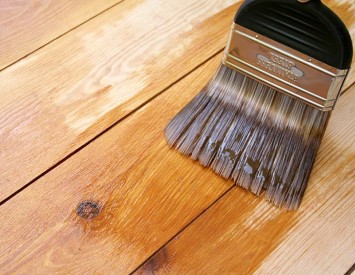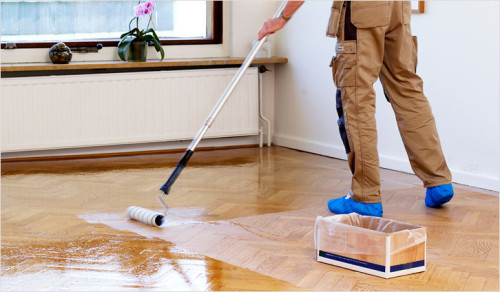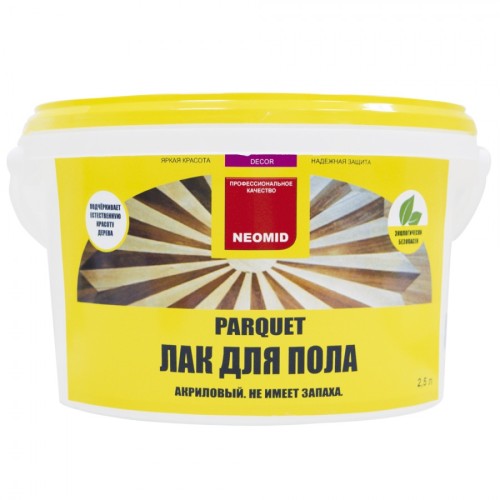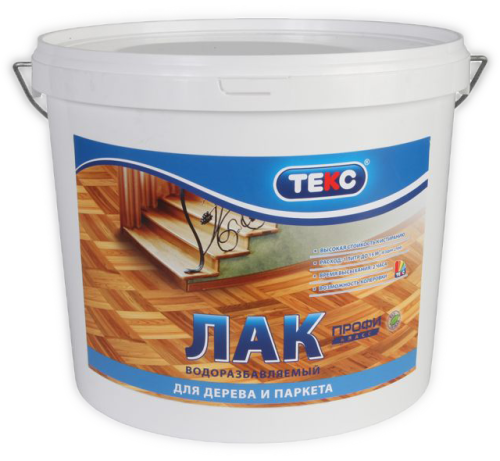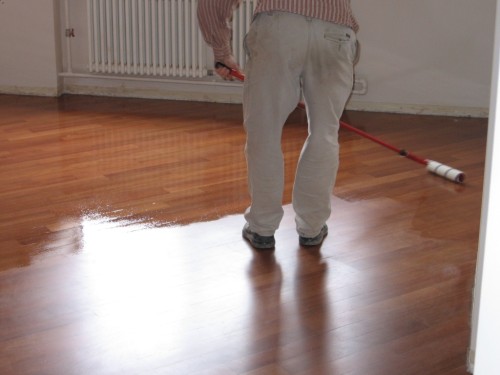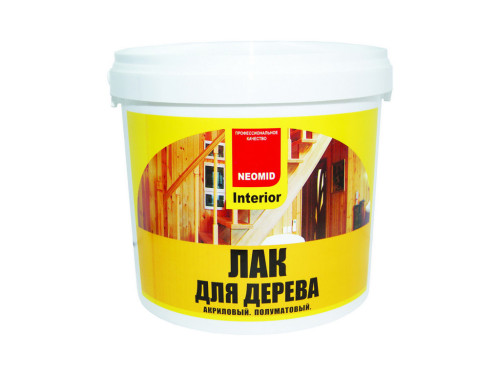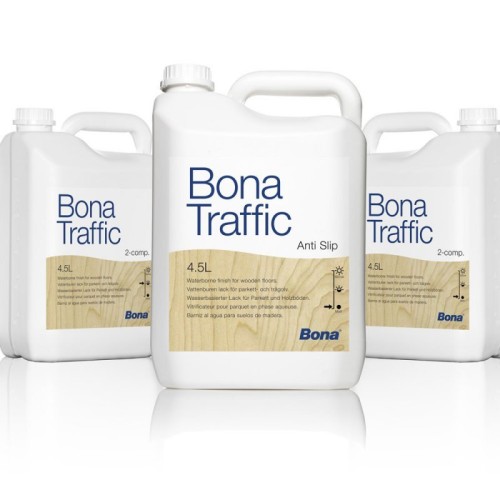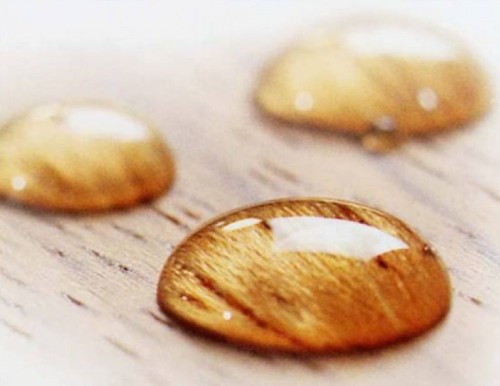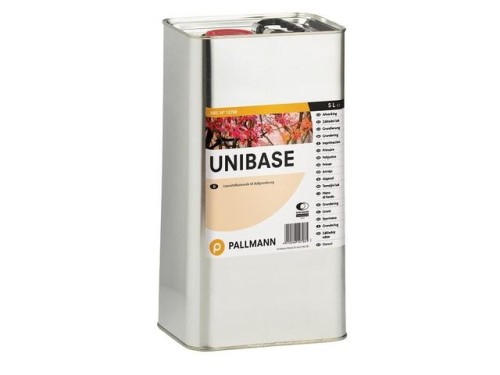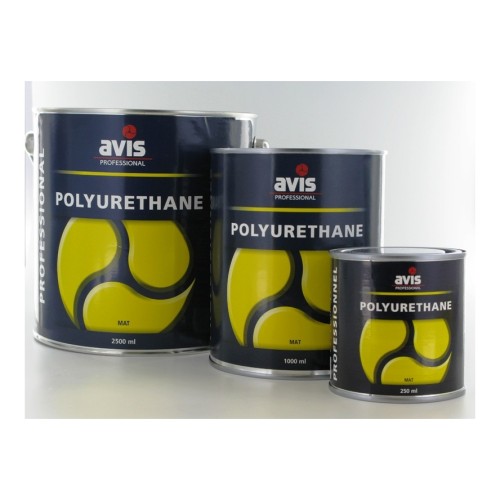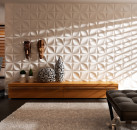Application of varnish coating is a final bar to the parquet flooring. Lacca processing favorably affects the final operational properties of the coating. The parquet floor is designed for fairly long operation. Therefore, even its high cost usually pays off a long service life. As for the varnish coating, it largely depends on how the parquet will look, and how long it can last. Therefore, if you cover the parquet board with low -quality material, you can ruin the natural appearance of the wood.
Content
Classification of varnishes for parquet board
The varnish coating determines not only aesthetic, but also a protective function. So, it protects the floor from mechanical wear, various damage, and excess moisture. A varnish coating applied to the parquet allows you to emphasize the beautiful structure of wood and give it various color shades. In addition, this coating usually withstands the polishing process, and at the same time does not lose its properties.
Parquet varnishes can be classified according to several parameters:
- By physico-chemical properties. They mean the following characteristics of the material: fluidity, viscosity, recommended method of applying parquet to the surface, etc.
- In appearance. According to this gradation, varnishes can be completely transparent, which, after application, do not change the appearance of wood, or have a specific shade transmitted by the tree. Currently, manufacturers offer a large palette of colors and shades of material.
- By the degree of resistance. Experts share parquet varnishes in terms of mechanical resistance, as well as resistance to direct sunlight.
- According to the degree of shine of the covered surface. On this basis, this material is permissible to divide into glossy, semi-gloss, parquet matte, half-material, as well as silky-matte.
- According to the chemistava. On this basis, the mixture is divided into:
- polyurethane,
- alkyd,
- acid-adversely,
- uretanapid,
- group,
- water -soluble,
- unwaterfounded compositions,
- parquet mixtures, which are based on formaldehyde resins.
According to the last basis, all the parquet varnishes available on sale are divided into three main categories: waterless, water-soluble and acid-adversely. As the basis for waterless parquet varnishes, as a rule, artificial oil resins are used. In the composition of acid-adverse mixtures are several types of formaldehyde resins.
Often the buyer wonders which parquet varnish is better to choose. To know the answer to it, first of all, you need to understand the technical characteristics of the varnish usually indicated in the description of the varnish.
Parquet water varnish
This material is made on water -based. It differs in the absence of solvents, or their negligible shares in the composition. It is this fact that makes it more environmentally friendly, and therefore less toxic and, accordingly, not so harmful to health. This varnish has practically no smell, so working with it is not as dangerous as with other types. It is also most suitable for premises in which people who are prone to manifest allergic reactions, or children will live. In addition, it is not subject to combustion, which makes it indispensable for use in fire hazardous rooms.
It is worth noting that water -based varnishes are not devoid of shortcomings:
- So, it is characterized by low wear resistance. But this problem is solved by many manufacturers by adding special additives to the products.
- It is also worth noting that the mixture for a water -based parquet has strict requirements for storage conditions. In particular, it is not recommended to keep it at negative temperatures. When working with it, you should also maintain the temperature in the room, which should be not higher than 15 ° C.
To apply this material, it is recommended to use a low pile roller to the parquet. At the same time, in the room where the repair is carried out, humidity should be at least 50%. Water -based mixtures are often sold along with a primer, which is previously applied to parquet boards. The primer allows you to protect the edges of the bars from warping, which can occur when moisture falls on their surface.
Water -based varnishes are not recommended for applying a beech, pine or grab to parquet. If such a mixture freezes, it will become unsuitable for use. In addition, the coating made on the basis of this varnish is short -lived. This material usually requires a lot of time to dry. In order for the coating to finally harden, it is required that the room is ventilated, i.e. To have a constant flow of air. It should be borne in mind that water -axial varnishes can make wood color more intense.
Solvent parquet varnish
Another name is alkyd. If we compare them with water -based varnishes, they do not have adhesive properties. Therefore, if it falls into the gap between the boards, then the gluing will not occur. When using such material, it is necessary to take into account its ability to change the color of the wood on which they are applied. This should be remembered if you need to keep the color of the tree close to the natural breed after varnishing.
Of the shortcomings of parquet alkyd varnishes, one can note the fact that they are very sensitive to drying conditions. Therefore, if the mixture is left to dry in the room with high temperature, it will dry for a long time. Therefore, the temperature will have to be artificially reduced. In addition, in order for the alkyd varnish to harden, it is necessary that fresh air falls into the room.
The disadvantages should also include the fact that it cannot be applied with a thick layer. If the thickness of the mixture layer is too large, then this can cause the formation of visible wrinkles on the surface film. Low wear resistance is also one of the main disadvantages of this material.
Ain -water varnishes
One of the most popular types of this material is anhydrous uretany parquet varnishes. Their high wear resistance allows them to recommend them for use in rooms where the surface is often operated. In addition, they can be successfully used in rooms where there is a chance of a chemical effect on the floor. The following virtues of such varnishes should also be noted:
- The ability to maintain the natural color of the parquet material unchanged.
- Weak sensitivity to the microclimate in the room.
- Resistance to humidity to the surface.
- The varnish layer is able to withstand abrasion for a long time and withstand more load.
Today, on sale there are both one -component and two -component mixtures based on polyurethane. They may contain different aromatic compounds. As the basis of such mixtures for parquet, there can be acrylic, uoret or solvent.
In general, polyurethane itself is a rather strong material. Therefore, the varnish, which is made on its basis, is used as a coating of parquet boards in rooms where it is quite crowded for a day.
One -component polyurethane varnishes are usually marked in three letters - PUR. They are easy to use so that even non -professionals can use them. They are sold already in the form, ready for use. Two -component polyurethane parquet varnishes are marked with two letters - DD. For their use, you must first correctly prepare, which requires the knowledge of some nuances. However, these mixtures are much stronger. And they are used by professionals.
The varnish made on the basis of solvents differs in that after application, the solvent is first evaporated. Next, the mixture hardens.
The disadvantages of the parquet polyurethane varnish include the fact that if when applied it is exposed to moisture, this will lead to its foaming. The same thing can happen when moisture enters the drying varnish. In addition, these mixtures glue the bar after application.
Mixtures of acid rejection
Such mixtures in particular include two -component parquet varnish. You can buy them today without problems. They have the highest wear resistance. Due to which it is recommended to use them to cover a surface defeated by increased load. Mixing a two -component parquet varnish with a hardener must be carried out in proportions of 10: 1.
Two -component varnishes perfectly tolerate temperature fluctuations and sharp jumps in the moisture content of the room. After applying them, the color of the parquet can become brighter than natural. It is necessary to work with this material using glasses and a respirator. This is due to the fact that such a varnish emits a large number of toxic substances into the air, the ingress of which can harm it into the body. The room in which work is being carried out with this group of mixtures should be well ventilated, and after three days there will be no trace of the smell.
Today, acrylic parquet varnish is quite popular. Its advantages include the lack of smell, economy, lack of distinguishing harmful substances. In addition, it does not require hardeners, dries quickly and lies well on almost any surface.
Formaldehyde varnishes
These types of parquet varnishes are distinguished by excellent resistance to external exposure. Moreover, this material has all the qualities necessary for the parquet board. It is recommended to use it in rooms that are often visited. This varnish has a very good clutch with wood, and does not require preliminary application on the boards of a special primer. In addition, it is characterized by high resistance to moisture and temperature changes. This varnish can be applied with almost any tool suitable for this purpose.
Despite many advantages of formaldehyde varnishes, it has its drawbacks. First of all, they have a very pronounced pungent smell. Therefore, when working with them, the room should be well ventilated. In addition, this varnish is able to glue the ends of individual, located next to each other with each other's planes of the parquet floor.
Lacques
Such mixtures dry less than other types. They are used to give wood of certain decorative qualities. It is used in the following cases:
- The need to give the flooring a plain surface.
- If it is necessary to neutralize adhesive effects of the main varnish.
- To prevent the exit to the surface of wooden bars of oils and resins.
- To drive moisture in the joints between the boards.
When using a mixture, which, as the main component, includes a primer, its compatibility with the main coating is important. Apply at least two layers.
Parquet varnish: Which is better?
Perhaps this question cannot be answered unambiguously. To decide on the type of varnish, it is necessary to clearly understand what the operating conditions of the floor covering are assumed. So, if the priority issues are environmental friendliness and aesthetics, then universal water -based varnishes are best suited. They practically do not smell and are distinguished by a high level of adhesion. Such mixtures are also resistant to external exposure. If you want to buy parquet varnish and save, but at the same time make a high -quality finish, then the best choice will be a two -component polyurethane parquet mixture.
When parquet varnish is selected, you need to consider some nuances. For example, the ability of varnish to reflect light is very important. It depends on the number of passive component in the mixture. It is believed that the more this component, the more matte. Another important feature of the coating is wear resistance. The most resistant to chem. Substances are considered acrylic varnishes. Moreover, they do not differ in good abrasion. Polyurethane varnishes are considered the most durable, but they have a harmful and pungent smell, so they have toxicity. This requires special working conditions with them.
No matter what parquet varnish is chosen in the end, the most important thing is to observe all the main instructions when using this material to cover the parquet floor. Compliance with the basic rules when applying parquet varnishes will make your floor beautiful and durable.
